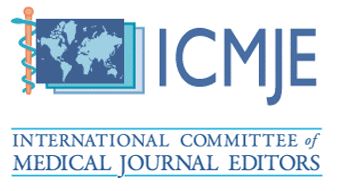Urgency or Emergency – A Report on Hypertensive Crisis with Severe Retinopathy
DOI:
https://doi.org/10.51200/bjms.v18i2.5068Keywords:
Hypertensive, Hypertensive urgency, emergenc, dilemmaAbstract
Hypertensive crisis is a common condition encountered in primary care clinics. It may result from uncontrolled hypertension or a known cardiovascular risk disease but may also be the first occurrence of undiagnosed secondary hypertension. However, there is confusion on the classification of whether certain atypical presentations, particularly in young patients without acute symptoms and exact duration of symptoms, are to be considered as hypertensive urgency or emergency. Some abnormal signs, such as proteinuria or retinopathy, could be signs of an existing progression of underlying chronic disease rather than a manifestation of acute hypertensive crisis. Nonetheless, in any situation where the findings have occurred recently without prior follow-up, they should be treated as if they are signs of an acute hypertensive crisis. Bedside clues, such as concomitant anaemia and proteinuria, are valid evidence for the presence of end-stage renal disease (ESRD) causing the hypertensive crisis, even without the features of fluid overload or failure symptoms. We report the case of a young man presented with an acute hypertensive crisis with an isolated one-month history of blurred vision. Despite the initial dilemma, the case was treated as a hypertensive emergency due to the presence of retinopathy and overt proteinuria. The renal profile later confirmed that the patient had ESRD. This case proves that ESRD is still possible even in a young patient without a long medical history or other supporting signs. Making the right decision on the first visit saved the patient’s life.
Downloads
Published
How to Cite
Issue
Section
License
All articles are published under the Creative Commons Attribution-NonCommercial (CC BY-NC 4.0) license, enabling users to read, download, copy, distribute, and adapt the material for non-commercial purposes, provided proper credit is given to the original authors and the source. This model supports transparency, accessibility, and the global exchange of medical knowledge.








1.png)





